Fibres on the Surfaces of Our Clothing - What Can We Expect?
Fibres Deep Dive Pt 3. What fibres do we find on our clothing?
Introduction
To begin to understand how a forensic fibre expert interprets fibres present on surfaces and their significance, we need to first understand what on earth the surfaces of our clothing look like in terms of fibres we find on them.
As human beings we are interacting with the microscopic world of textiles every minute of every day, is there a baseline for our expectations of what fibres will be present on our clothing at the precise moment that we recover them all? If we establish a baseline, does it really help us with our interpretation for the finding of fibres on an item of clothing at any specific moment in time?
Following on the legendary papers of Pounds and Smalldon and harking back to a time when governments were interested in allowing forensic scientists to understand the fundamentals of the evidence they were interpreting in court, a huge body of research was to be undertaken to provide answers to that question. As a field of study, they were to become known as “population studies”.
Population Studies
These are really simple studies, scientifically speaking. You recover fibres from as many surfaces as you can, and you count the fibres there than have not come from the surface itself. You categorise them based on colour and type, the “type” being a very broad classification, such as “natural” or “ man-made / synthetic” or further more detailed classifications such as “cotton”, “wool”, “polyester” etc. This largely depended on the resources available to the laboratory conducting the research.
Practically speaking, conducting research in forensic fibre examination is hard work. A human being has to recover fibres to tapings and search them under the microscope, count them and identify them. It takes a long time and hats off to all the researchers, academics, practitioners, Phd students who have dedicated three or more years of their lives just to doing that and all the other students who have done smaller projects at FSPs and elsewhere over the last 50 years. Unsung heroes in my view.
What do the Population Studies tell us?
Types of Fibres: Naturals vs Synthetics
So many studies all pretty much saying the same thing: the surfaces of our clothing are overwhelmingly dominated by cotton fibres that we have picked up from somewhere else. Synthetic fibres (polyester, acrylic, nylon, polyproylene etc etc) are far less abundant.
This study from Sweden I really like as an example. I am going to steal data from this study a LOT, but there are loads of studies to chose from if you fancy a google1:
The results are so consistent worldwide, no matter who does it, where they do it, or what surfaces they look at:
Why is that?
It’s really quite simple. Yes, cotton is one of the most abundant fibre found in the construction of clothing we wear on our outermost surfaces, and it’s our outermost surfaces that contribute most to the populations of fibres we transfer onto other surfaces when we make contact. BUT, that’s not the most significant factor, it’s that cotton fibres shed soooo much more fibres from a garments surfaces than synthetic ones. Generally speaking, in like for like contacts, exponentially more cotton fibres will transfer from a fabric than polyester. But more on that later.
Colours of Fibres:
So what coloured fibres are present on our clothing? It’s all about the dark stuff, here is data from three different public venues where fibres were taken from the surfaces of seats:
This also shouldn’t be a surprise. Next time you’re in a crowd of people, look around you - what coloured clothing are people wearing on their outermost surfaces? Generally speaking, it will be mainly, blue, black and grey.
Combining Colour and Fibre Type
So what does it look like when we delve deeper? Not surprisingly, dark cotton fibres dominate surfaces.
So how does this help us at all? If you ask the questions like, should I look for an orange polyester fibre from a suspect’s fleece on a victim’s trousers, the answer is hell yeah I should. But if the question is should I look for black cotton fibres from the suspects hoodie on the victim’s top, you know for sure that the victim’s top will have black cotton fibres on it regardless whether the suspect’s hoodie was in contact with it at all. So does that make the pursuit of them redundant?
I have a lot of sympathy for police officers who get incredibly frustrated when they talk to fibre experts, because invariably we can’t give binary answers to these questions or any other question most of the time. Our stock responses will always be, “maybe”, “that depends”, and a personal favourite “it’s complicated”, sometimes all in the same sentence and always, always delivered with a deep sigh. To be a forensic fibre expert, is to be respectful of the value of the evidence knowing that it can be difficult to articulate it at times.
The short answer is - we need more information than what it says on the label of an item of clothing. What we absolutely do not need are Standard Operating Procedures that contain wording along the lines of this:
A forensic fibre examination should not be undertaken when the clothing is made from blue or black cotton owing to them being common fibres.
The reason why forensic fibre examiners prefer not to pursue a search for dark coloured cotton fibres (unless absolutely necessary) is not really a scientific one (although that does play a part - more on that later), it is a practical one. When you have thousands of dark coloured cotton fibres on a single taping, which have likely come from hundreds of different sources other than the garment in question, they largely all look the same to the human eye when searching through them, it is a huge task. We are human beings and we have to search for them and that is really hard, as the authors point out:
It is fair to assume that grey/black or blue cotton fibres will be found on the majority of examined surfaces. Studies have clearly shown that cotton fibres can be discriminated when examined with other methods. However, the abundance of dark cotton fibres often makes searching and comparison difficult. This is one of the reasons for selecting fibres other than dark cottons as primary target fibres in casework.
Synthetic fibres on the other hand, because they are manufactured, rather than just dyed, contain characteristics other than colour which can aid the searching process.
Synthetic Fibre Characteristics
Thickness
A micron is 1/1000th of a mm. Below 10 microns thick, the fibres tend to be classed as microfibres. Above 16 microns, the fibres are likely to have been constructed for non-clothing textiles, like carpets.
Most synthetic fibres found on tapings fall within a certain range of thickness because that reflects the most abundant type of product manufactured by the textile industry. There are engineering constraints if you want to blend different fibre types together to achieve a particular textile finish. What we learn from these population studies is that the the types of fibres we may find are a reflection of a commercial world, which does not operate randomly or without constraint.
Cross - section
Most synthetic fibres are round, some are not. Cross-section is the result of the manufacturing process, some are designed to impart particular physical characteristics to a textile - for example to trap air and provide insulation to a garment.
How does all this help at all?
The proportion of fibres found on tapings reflect the textile fibre world we live in. Whilst fibre experts dream of cases having a bright orange jumper from a suspect and a bright pink top from a victim, the reality is that most cases will require looking at combinations of dark clothing, with the occasional brightly coloured (or otherwise distinctive) source provided by Karma so that fibre examiners do not go insane.
Below is what the authors say regarding how they might use this information, in combination with other data they might have. This is how scientists “do” strategies. Look at the difference between what scientists do and the wording in the SOP from police forces I mentioned earlier:
The data that can be accessed in the database, along with information from other studies, should be used in casework to support the claim that certain fibre types are less frequently occurring than one may assume. For example, if the target fibre is a blue, round polyester, information can be extracted from the database showing that such a fibre, irrespective of other discriminating methods, accounts for 53 of the 4220 fibres, which is 1.3%. When considering an additional characteristic such as delustrant, the data shows that 48 of the fibres (1.1%) were delustred, whereas only 5 (0.1%) were not. Obviously these frequency figures need to be used with caution, but they do give a great deal of information regarding the expectation of finding specific fibres on certain surfaces.
Consider a simplified case where the main proposition is that a specific blue polyester garment has been in contact with the surface in question and that a significant number of indistinguishable blue polyester fibres have been found on that surface. The probability of the findings given the main proposition is considered to be high (>0.9). By using the frequency occurrence data, along with the results of studies that have focused on the diversity of blue/black polyester fibres [14], [15], we can conclude that blue polyester target fibres are unlikely to be found on the surface if no such contact has taken place. Therefore the probability of the findings given the alternative proposition, that no such contact has taken place is considered to be low (<0.009). In accordance with the defined scale of conclusions used at NFC [19], the findings are considered to be at least 100 times more probable if the blue polyester garment has been in contact with the surface compared to if no such contact has taken place. In line with NFC´s scale, the wording of the conclusion would be “The findings support the proposition that the blue polyester garment has been in contact with the surface in question (Level +2)”.
The last paragraph may be a bit of a mystery to non-forensic scientists and those who are unfamilliar with Bayesian approaches. This a typical approach in Europe to how forensic fibre experts consider the findings of fibres. It’s beyond the scope of this post right now, but just for reference, for those unfamiliar with the Swedish Scales for conclusions, below is a chart describing what (Level+2) means.
What is interesting from the hypothetical case described above is that the target fibre is a blue polyester fibre, which would account for one of the most abundant synthetic fibre populations on any given taping from any surface at any time. There must be some more information (highlighted in bold in the quote from the authors) that is not accounted for merely in population studies - which provides the authors with such confidence to give it such a high rating. We’ll explore that next when we look into just how well forensic fibre experts can discriminate between one source of fibres and another, and why not all blue polyester fibres are the same.
Fibres IMO is the most researched forensic evidence type in existence. We know and understand far more about prevalence, persistence and transfer of fibres, than we do about prevalence, persistence and transfer of DNA. We’ve been studying it for over 50 years.


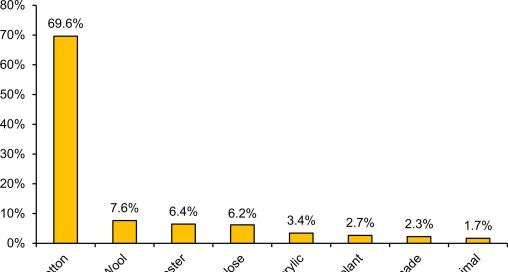



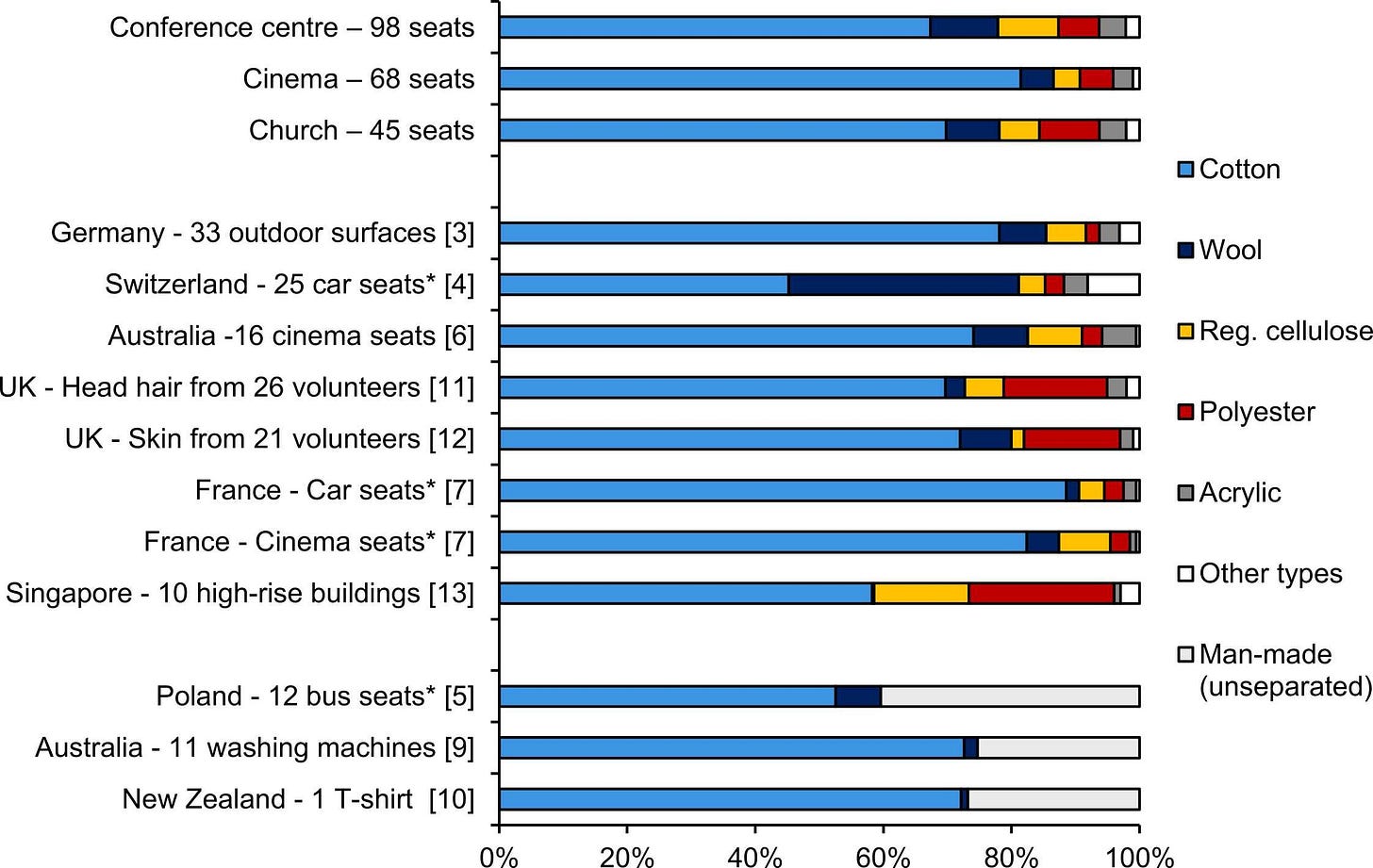
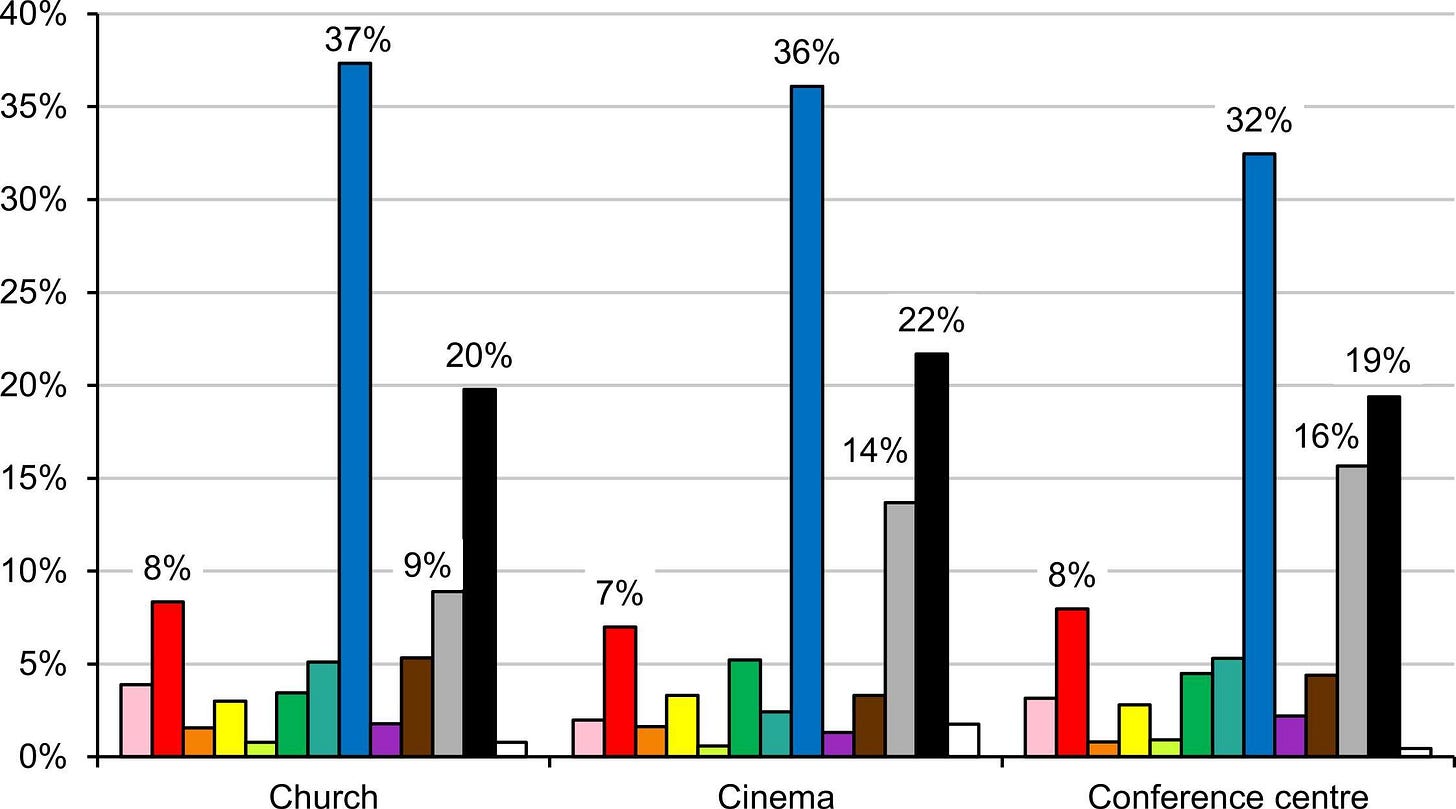
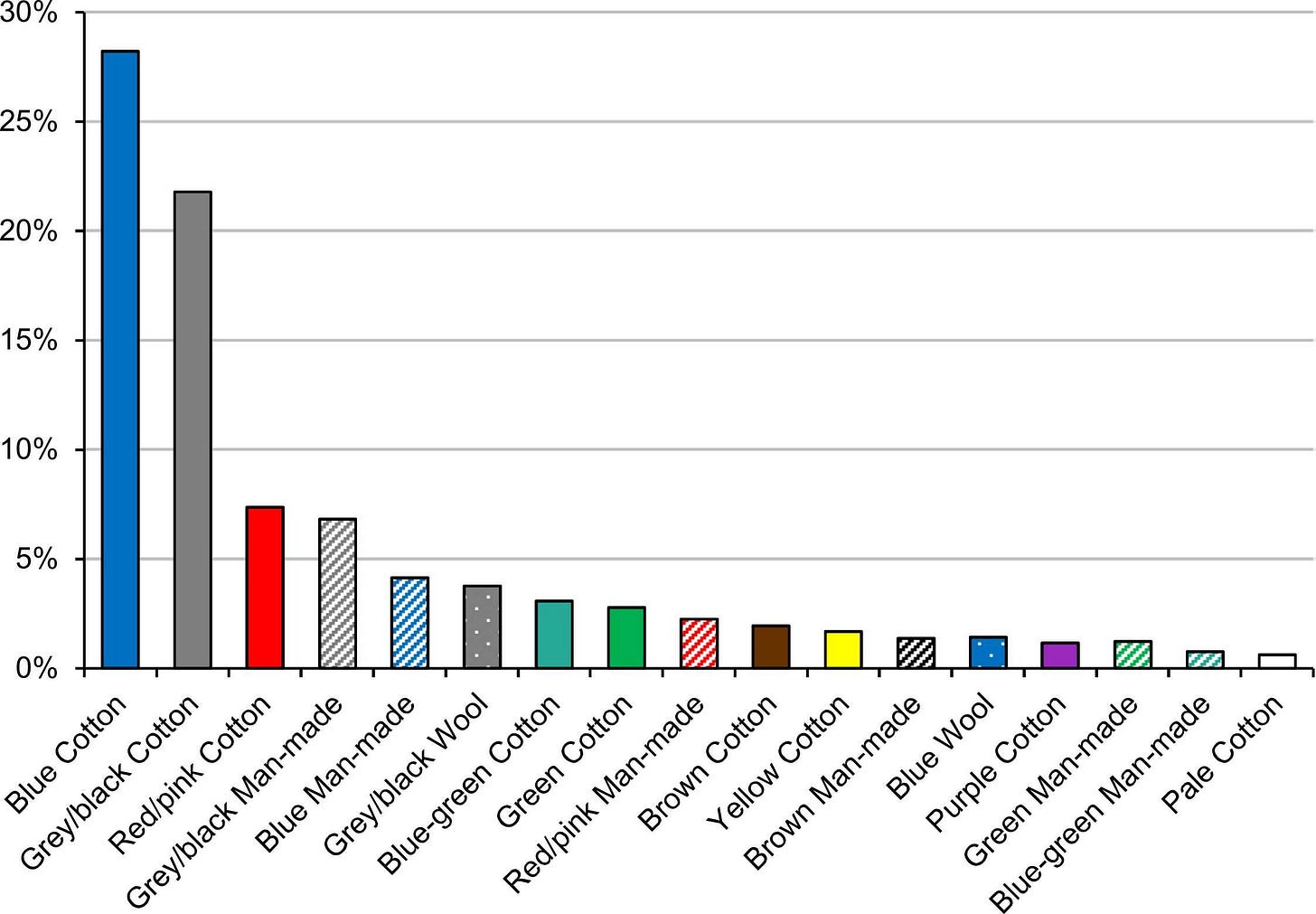
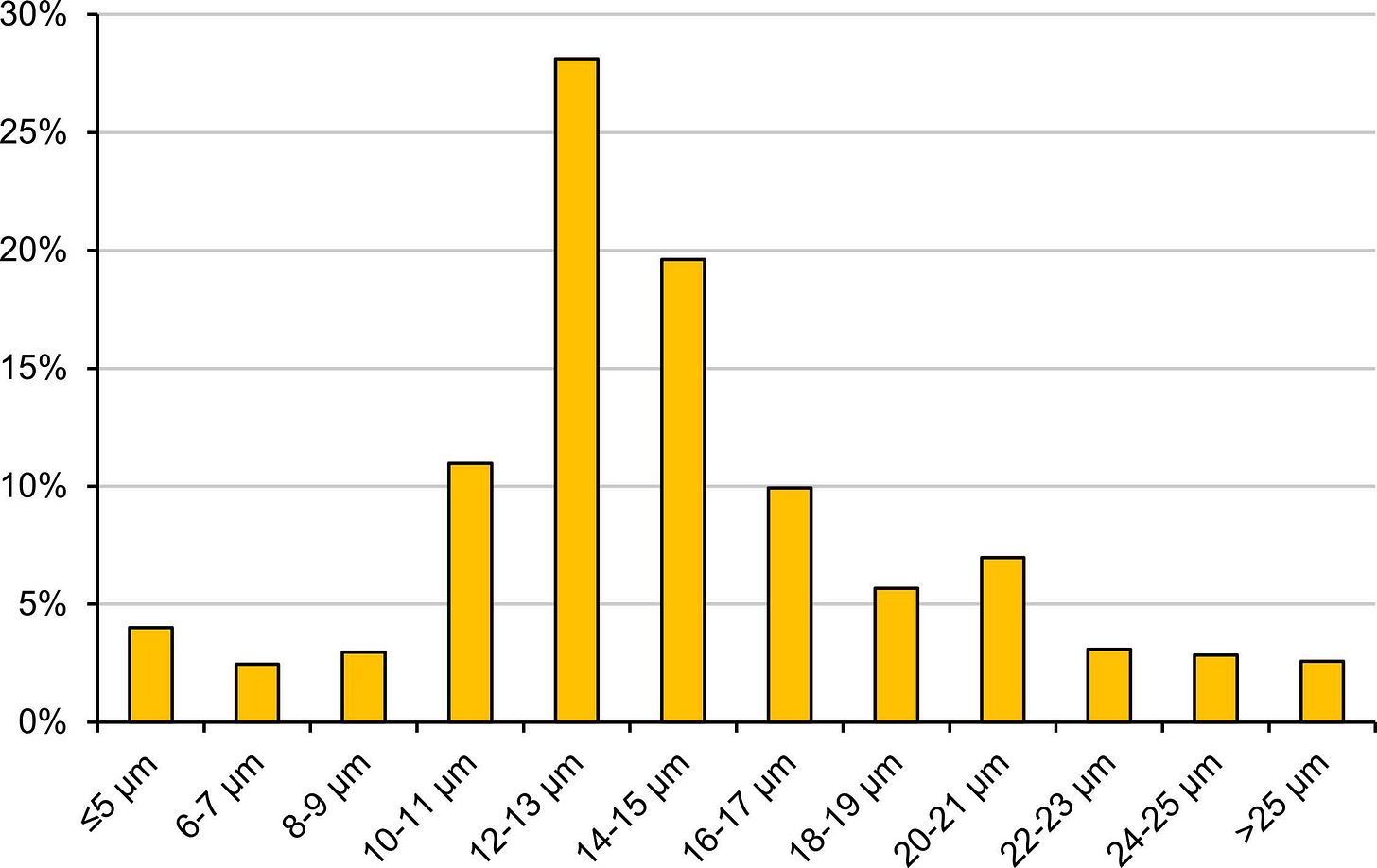


Well done. Can I share this with some of my colleagues and students?